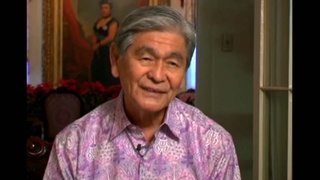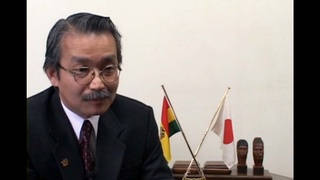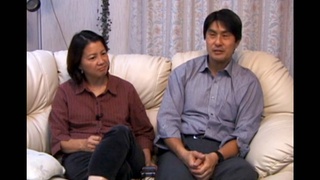Interviews
Perceptions of uniqueness
One interesting story about the Hapa Project is that I would get people from very homogenous areas. I had a woman write me from Oklahoma who wrote me and said “You must fly out to Oklahoma to photograph me for this because you’ll never believe it, I’m black and Korean!” I didn’t know what to say, that her world was that small, that to her that she was the only one in the world. In some sense that’s great, but I had to write to her, I said “I would love to photograph you, but I can’t fly out there, and I’ve photographed probably fifty people that are black Korean. Just so you know there’s other people out there.” I wanted it to be a kind of positive thing, that she’d know, but I think she kind of felt like she wasn’t “the one” anymore, she wasn’t Keanu Reeves in The Matrix, and she never wrote me back again.
Date: May 3, 2006
Location: California, US
Interviewer: Jim Bower
Contributed by: Watase Media Arts Center, Japanese American National Museum.
Explore More Videos

Grandmother's influence on decision to go to Japan
(b.1942) Japanese American ceramist, who has lived in Japan for over 30 years.

Ethnic diversity
(b.1926) Democratic politician and three-term Governor of Hawai'i

A Possible Path towards Happiness… (Spanish)
(1958-2014) Former Bolivian Ambassador to Japan

Interest in Japanese migration studies (Japanese)
Tsuda College President, researcher of Nikkei history

What is Nikkei? (Japanese)
Tsuda College President, researcher of Nikkei history

Learning from Nikkei (Japanese)
Tsuda College President, researcher of Nikkei history

Nickname
(1926 - 2012) Scholar and professor of anthropology. Leader in the establishment of ethnic studies as an academic discipline

Context affects meaning
(1926 - 2012) Scholar and professor of anthropology. Leader in the establishment of ethnic studies as an academic discipline

Testing assumptions of Japanese scholars
(1926 - 2012) Scholar and professor of anthropology. Leader in the establishment of ethnic studies as an academic discipline




Appreciating Kinnara Taiko's approach to taiko
Senshin Buddhist Temple minister and co-founder of Kinnara Taiko.

A Japanese American gardening dance
Senshin Buddhist Temple minister and co-founder of Kinnara Taiko.

Feeling empowered by taiko
Co-founder and creative director of San Jose Taiko
